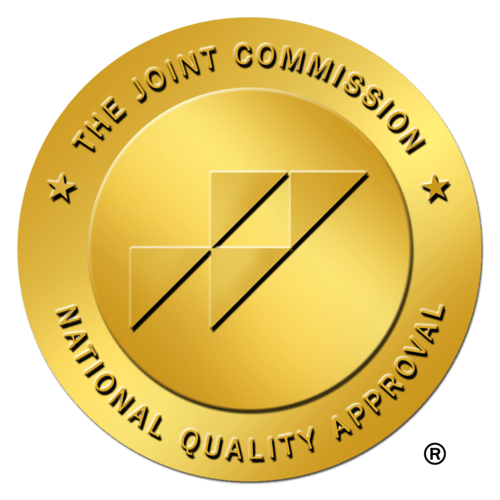
As healthcare leadership strategizes ways to meet financial and operational goals and address vulnerabilities exposed by the pandemic, mergers and acquisitions continue. A report from EY states that 34% of healthcare executives surveyed planned to actively pursue M&A through 2021. An analysis from KPMG showed healthcare deals rose from 161 in August 2020 to 252 in 2021.
These mergers, combined with a shift toward commoditized care, raises a host of concerns for healthcare professionals: is my job safe? How will this affect the doctor-patient relationship? How will I fit in a new system with a new culture and new management?
Managing a team during a merger integration requires communication, flexibility, and a steadfast focus on your mission. Keep these M&A transition principles in mind to help ease the worries of your valuable staff.
Communicate often

While executives focus on integrating two or more entities, the staff is slowly accepting and adjusting to the change. During this transition, attitudes shift from uncertainty to resistance to acceptance.
To lessen anxiety, communicate what you know often and many times over. Start with all-staff or multiple unit-staff meetings. Update teams continually through email, meetings, internal operations, social media, and other means. Frequent, transparent, communication helps staff understand and adapt to change, which in turn, keeps them engaged.
Focus on culture

Often, executives focus on operational processes while losing sight of culture. Clarify what the new entity stands for, its mission, and its vision. Communicate those values to your team. Aligning with a mission gives your team a unified purpose — a north star to help guide them through the uncertainty. A McKinsey & Company report describes the culture integration process in four steps: set the direction, energize the organization, hardwire the changes, and drive execution. This process of effective cultural alignment can help renew employee confidence and loyalty, thereby mitigating turnover.
Invest in a staffing backup plan

During large mergers, workforce changes are bound to happen. Processes become streamlined across multiple health systems. Volumes will likely become more unpredictable as service lines are merged or added, specific services are moved between locations, or moved from acute care to ambulatory care, etc. Organizations like CareRev can help alleviate the transition by providing a source of flexible, local professionals that can navigate these major changes. This will help maintain appropriate staffing ratios.
CareRev provides experienced healthcare professionals in regions across the United States — and we’re growing. These fully-vetted and licensed professionals include individuals who want to pick up flexible, per-diem shifts as well as longer, local assignments.
The latent supply of professionals has only grown over the past 18 months due to changes initiated or accelerated by the pandemic. Over the past 18 months, regulatory and licensing agencies have lowered hurdles to practice. Organizations like CareRev have streamlined onboarding and credentialing and created more flexible work environments. All these developments have led to a more flexible workforce that’s not limited to traditional shift work.
When you tap into this latent supply through an online marketplace, your available talent pool becomes even larger. Build this option into a flexible staffing model that includes regular employees, internal float pools, and an external network of flexible workers.
If you implement this flexible strategy before the merger, yours may become the model the other acquired companies follow.





